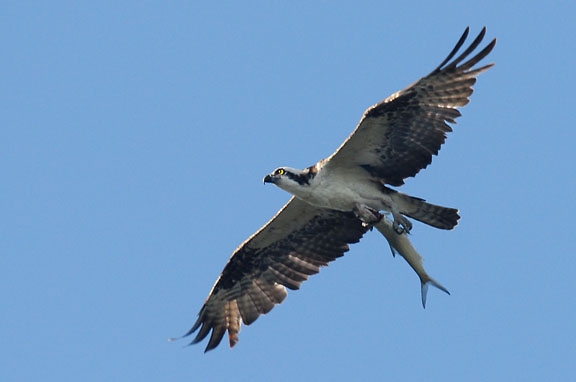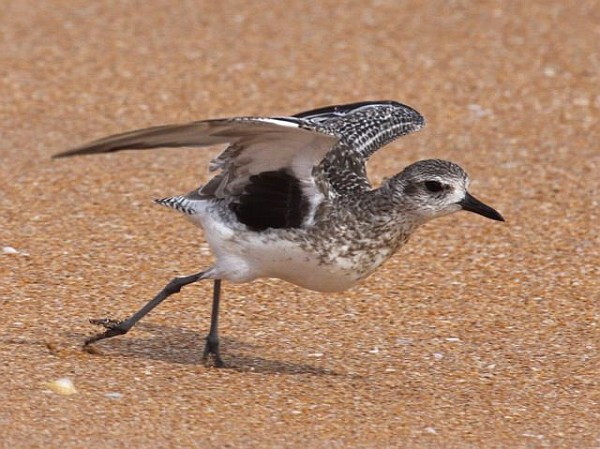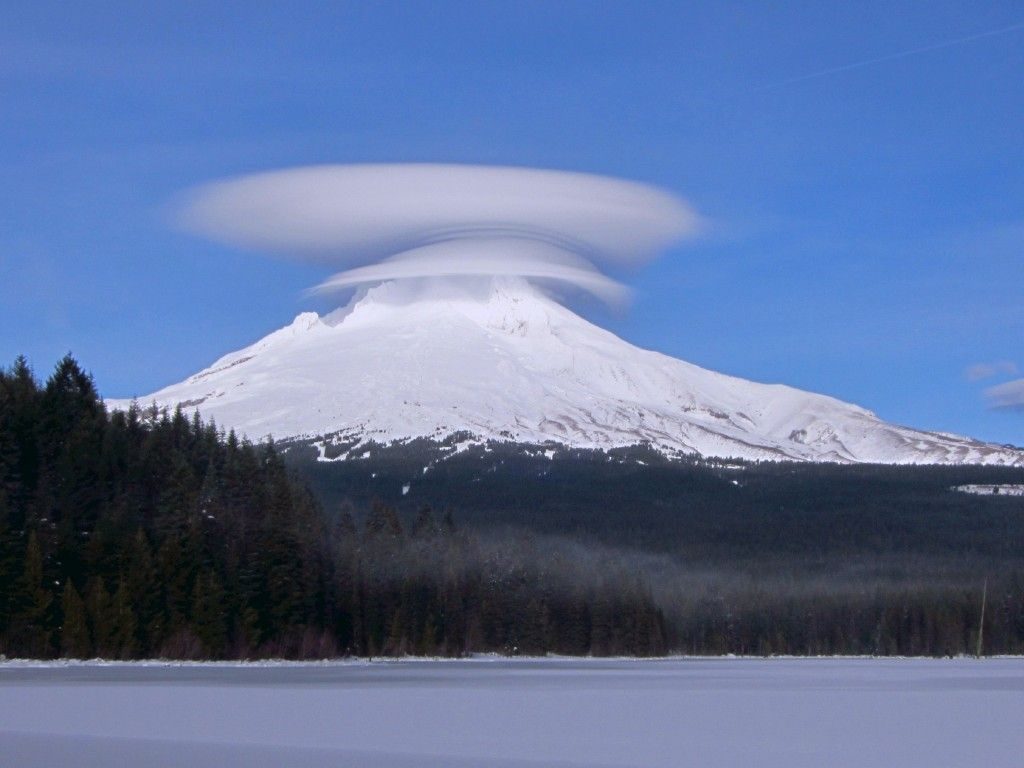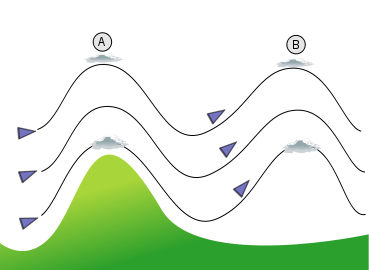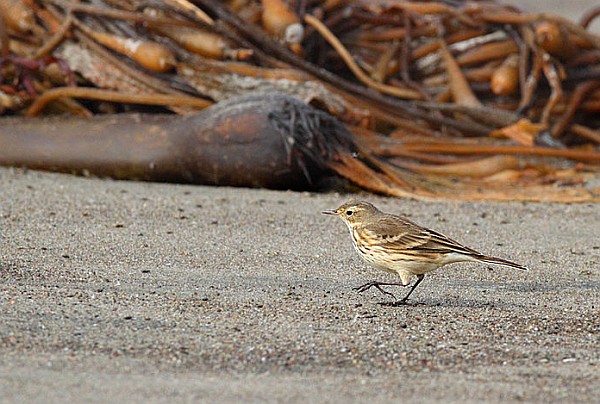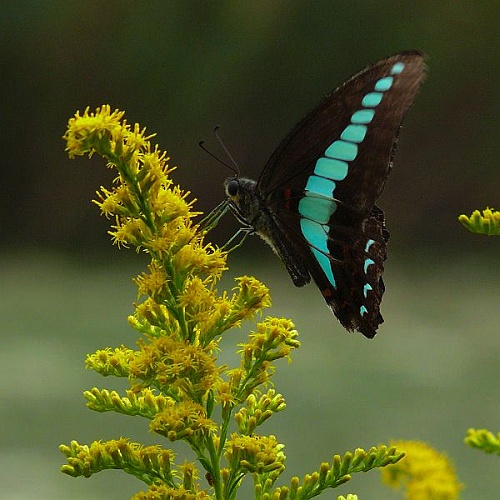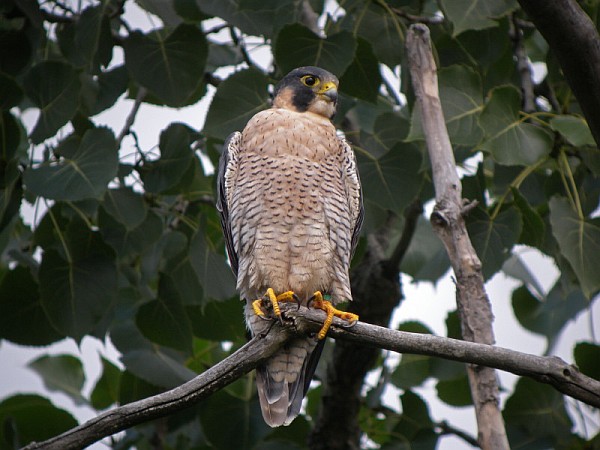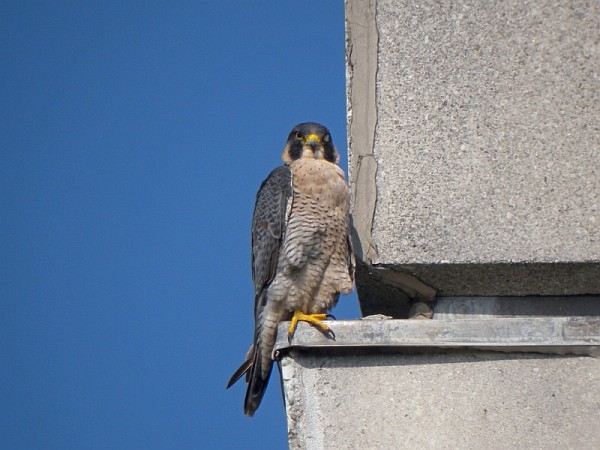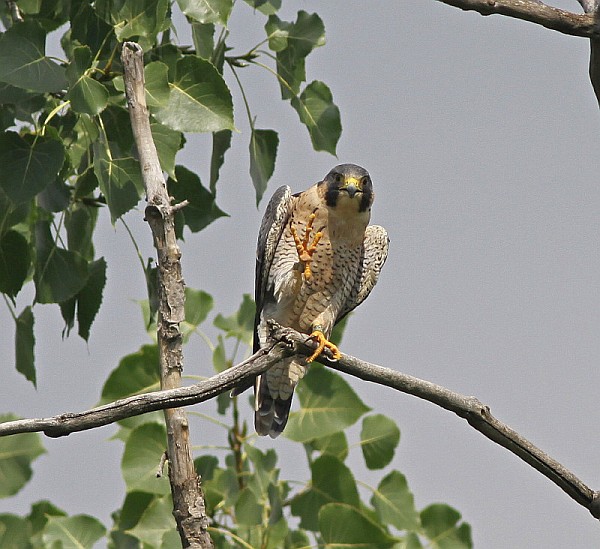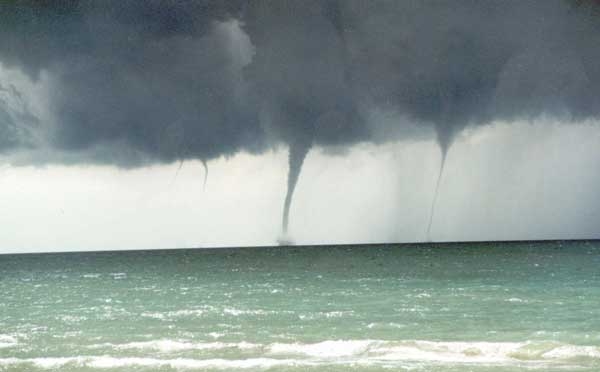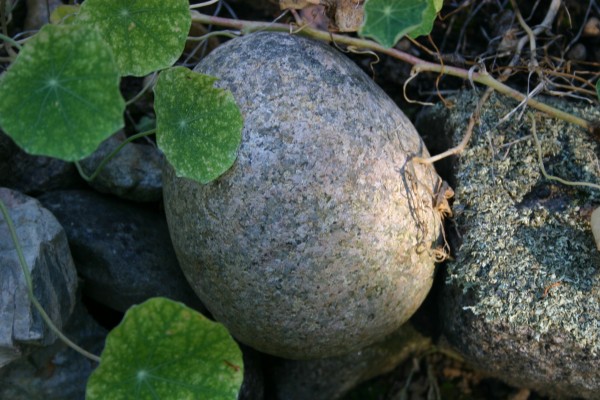
It’s time to get ready. Sunday, September 9 is International Rock Flipping Day.
Begun in 2007 by Dave Bonta and Bev Wigney, International Rock Flipping Day (IRFD) is a blog carnival celebrated every year by flipping a rock, blogging what you find, and sending your blog link to Wanderin’ Weeta.
How international is it? In 2010 the best find was a rock monitor (lizard!) in South Africa.
This year IRFD is expanded. If you don’t have a blog you can still participate by posting your photos in the Rock Flipping Day Flickr group.
Ready to go? Here are instructions from Wanderin’ Weeta:
- On or about September 9th, find your rock and flip it over. Note the safety precautions below!
- Record what you find. Any and all forms of documentation are welcome: still photos, video, sketches, prose, or poetry.
- Important: Replace the rock as you found it; it’s someone’s home.
- Post on your blog, or load your photos to the Flickr group.
- Send the link to Wanderin’ Weeta or add a comment to her IRFD post.
- She’s collecting all the links and will e-mail you the participants list so you can post it on your blog as well. If you’re on Twitter, Tweet it, too; the hashtag is #rockflip.
- Click here to get the handy logo on Wanderin’ Weeta’s website.
And now, a word about safety from Dave Bonta:
One thing I forgot to do in the initial post is to caution people about flipping rocks in poisonous snake or scorpion habitat. In that case, I’d suggest wearing gloves and/or using a pry bar — or simply finding somewhere else to do your flipping. Please do not disturb any known rattlesnake shelters if you don’t plan on replacing the rocks exactly as you found them. Timber rattlesnakes, like many other adult herps, are very site-loyal, and can die if their homes are destroyed. Also, don’t play with spiders. If you disturb an adjacent hornet nest (hey, it’s possible), run like hell. But be sure to have someone standing by to get it all on film!
And a word about respect and consideration:
The animals we find under rocks are at home; they rest there, sleep there, raise their families there. Then we come along and take off the roof, so please remember to replace it carefully. Try not to squish the residents; move them aside if they’re big enough; they’ll run back as soon as their rock is back in place.
So pick your favorite rock on September 9 and flip away. I wonder what we’ll find!
(photo of a smooth granite rock in Northeast Harbor, Maine by Kate St. John)
p.s. Stay tuned for my results on Sept 9. Will I flip that rock in the photo?
